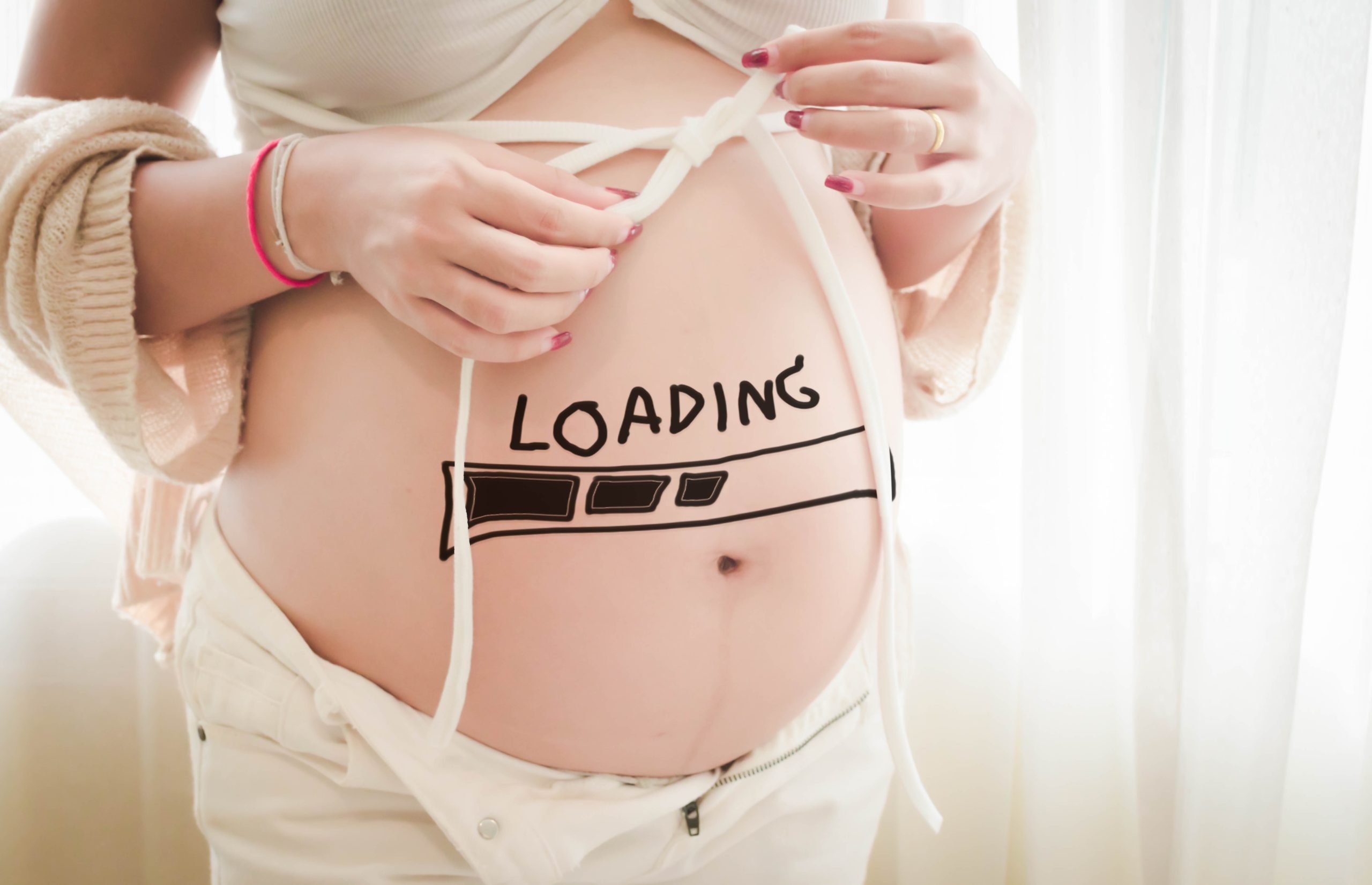Differences Between False Labour Signs and True Labour Signs
Towards the end of pregnancy, expectant mothers undergo many changes compared to their usual selves. One of these is the signs of impending labour. Considering these signs, you may think that labour is about to happen in the very near future. However, some signs can cast doubt on this matter for many expectant mothers. In short, the question of whether the signs belong to real labour or false labour can leave expectant mothers in doubt and confusion. So what are the signs that do not herald real labour and may mislead expectant mothers?
True Labour Signs
- Back and Lower Back Pain
- Constant, Regular, and Increasing Contractions
- Continuous Fetal Movements
- Bloody and Red Discharge
False Labour Signs
- Lower Abdominal Pain
- Brief and Irregular Contractions
- Short-Term Fetal Movements
- Brown Discharge
- In true labour signs, severe pain is felt in the back and lower back. The false labour sign, on the other hand, is seen in the lower abdominal area. This pain we are talking about misleads pregnant women, causing them to think they are experiencing real labour pains.
- Contractions are continuous, regular, and increasingly observed in true labour signs. This is not the case with false labour signs as false labour’s contractions are short-lived, irregular, and pass when, for example, you change your sitting position.
- When labour signs are real, the baby’s movements are noticeable and prolonged, and the baby is constantly active. In false labour signs, the movements of your baby occur briefly.
- When labour signs are real, vaginal discharge is bloody and red in colour. When you pay attention to your vaginal discharge and notice that it resembles brown, remember that this may not be a sign of real labour.




